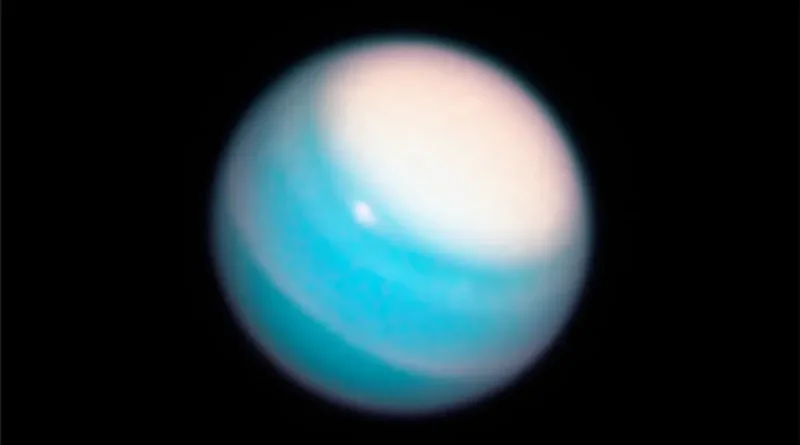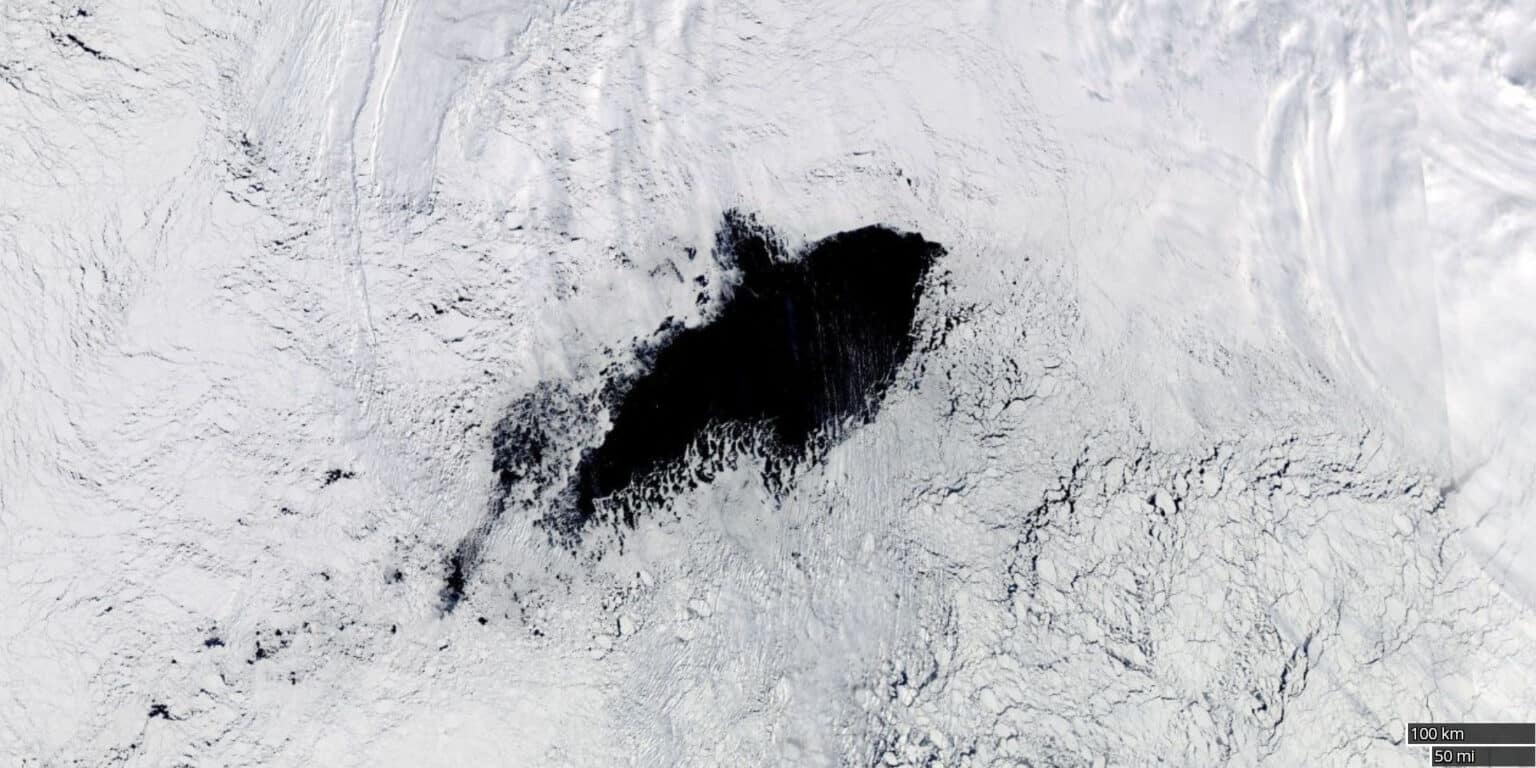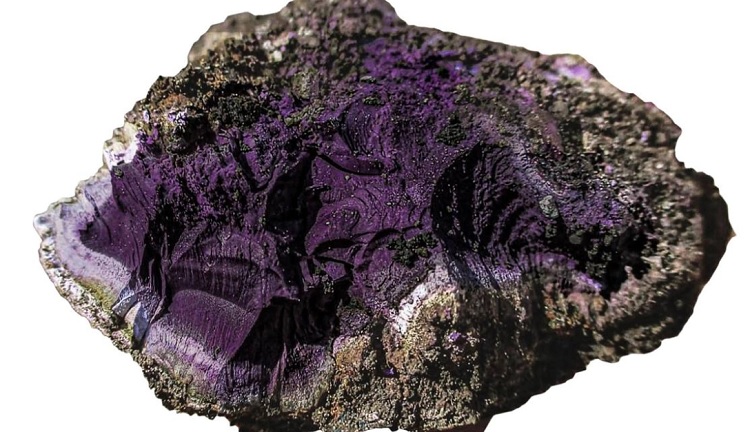Astronomers taking a closer look at Uranus believe it may be filled with much more methane than we previously thought.

Uranus and Neptune are often called ice giants because scientists believe they are composed mostly of "icy" materials such as water, methane, and ammonia surrounding a hot, rocky core. One reason astrophysicists believe this is the case is that the region in which they formed was likely rich in the necessary components, and therefore expected to have abundant water and ice.
"The first models of Uranus and Neptune were built on the assumption that they formed in the outer parts of a primitive protoplanetary nebula, where the elemental content was thought to be solar," explains the new paper, which has not yet been peer-reviewed. "Thus, assuming chemical equilibrium, early studies used calculations of the expected relative molecular density to estimate the potential composition of planets that formed in this region."
Uranus doesn't get much love from NASA, and it's only been visited once by the Voyager 2 probe. The same probe went to Neptune, providing much better observations of the planets than ground-based and space-based telescopes near Earth. When the models of Uranus and Neptune were compared to our limited observations of the planets, they appeared to match what we had seen up close.
Although this may seem like a closed question about the composition of the planets, there was still one more astronomical puzzle to be solved. Objects in the Kuiper Belt are rich in refractory materials, rich in organic matter, and relatively poor in water, suggesting that planets should contain more refractory materials than ice-forming materials. Why do previous models match what we observe? According to the team, there can only be two options: the ice-poor building blocks can turn into ice-rich planets through certain processes, or a new model is needed in which the planets have more rocky interiors than we thought.
The team created hundreds of thousands of planet models, varying the chemical composition in the initial conditions, until planets similar in mass and structure to Uranus and Neptune appeared. They found that models with subsoils containing at least 10 percent methane fit best, and more than 20 percent in models that also have a high water/rock mass fraction. In these models, methane may be more common than water in the interior of planets.
"This is a challenge because CH4 is certainly not that common in the modern Solar System, and is usually a very small fraction compared to water," the team wrote. "We hypothesize that organic-rich refractories are common enough in planetesimals in the outer Solar System to cause chemical reactions in the atmospheres of Uranus and Neptune, which during the planet's growth phase can produce the necessary methane."
The thick layer of methane likely formed as a result of chemical reactions that occurred when carbon-rich planetesimals collided with the growing planet, and the carbon reacted with hydrogen under the influence of intense heat and pressure.
This model goes some way to explaining how an ice-rich planet formed in a region of our solar system filled with water-poor objects. While these models may be true, we need more observations of the giants to learn about their composition.


 332
332












